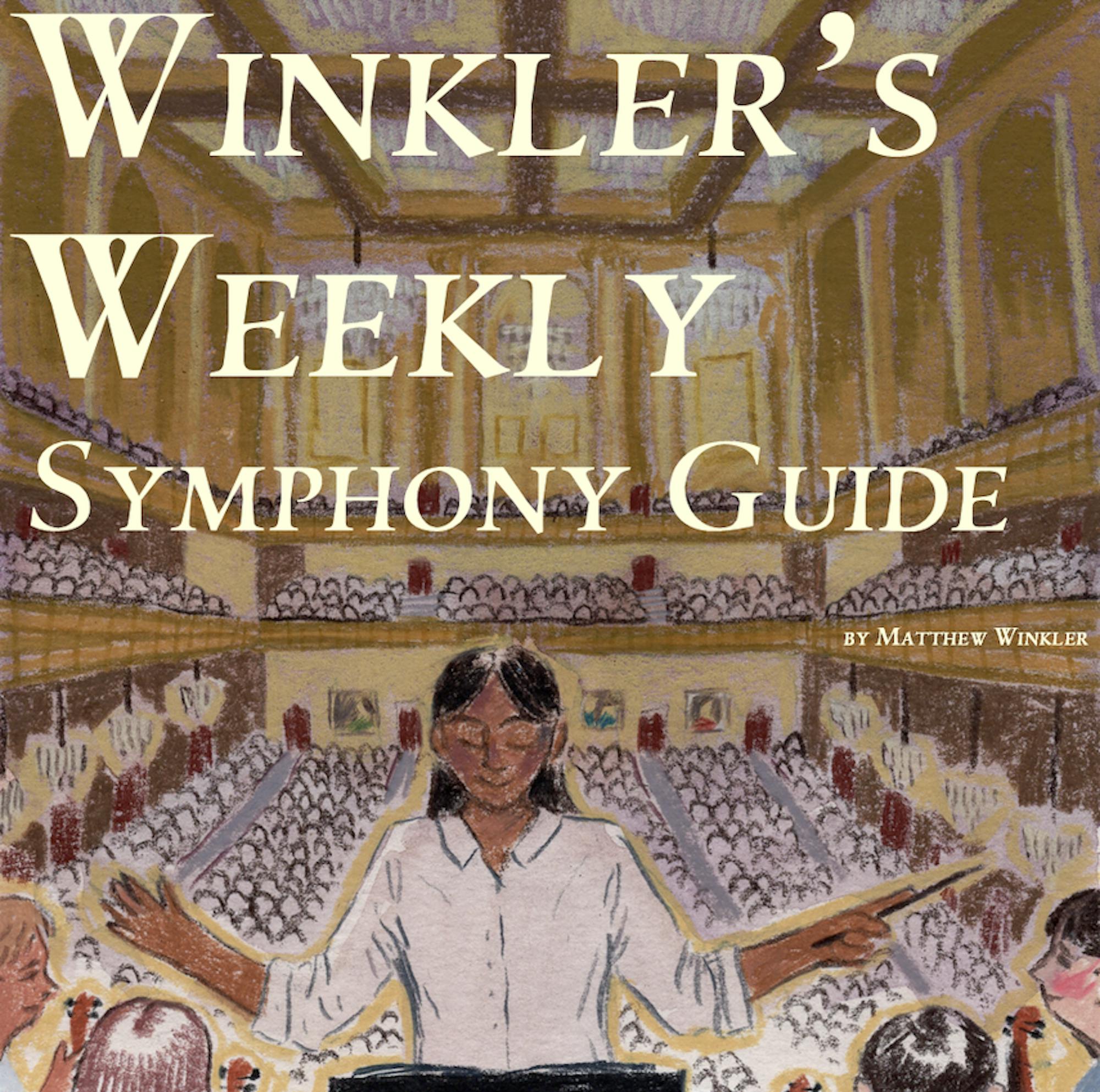At last week’s Sept. 30 concert, an older woman approached me during intermission and told me how incensed she was by the program. To play not only a contemporary piece but also the modernist Shostakovich was simply too much! Luckily, “her Haydn,” as the woman would call Joseph Hadyn, closed the concert, saving her bourgeois sensibilities. I would have loved to see her reaction to the Boston Symphony Orchestra’s third and most recent Oct. 6–8 set, which flaunted a daring line-up of only 20th and 21st century works. Additionally interesting was that all of the pieces were “program music,” meaning they all tried to represent a non-musical narrative or image.
Opening was Elizabeth Ogonek’s “Starling Variations” (2022), which, for me, was the most powerful part of the concert. The piece tries to musically represent waves of flying starlings, which Ogonek masterfully achieves. I felt as if Ogonek had transcended medium as I did not hear it as a structured piece of music, but rather saw the birds with my ears and heart. This effect is universal as her disregard for structure and focus on color and timbre ensures that even the newest of classical listeners will not get lost. There is not even a path to get lost on, just emotion and the entropic beauty of flight. Of further interest is her utilization of the physical aspect of the orchestra. Just as a cloud of birds chaotically pulsates, so too does the orchestra. Music flutters from instrument to instrument, causing perhaps the front left side of the stage to hold the color for a moment before darting to the back right side. This approach to orchestration is the most convincing element that contributes to Ogonek’s desired image of a cloud of birds, and is why “Starling Variations” would only work live. A recording is not able to replicate the physical acoustics of the orchestra and would flatten the orchestral cloud into a line. Perhaps a structuralist listener would take issue with the lack of continuity or plan across movements, but for me, Ogonek’s coloristic approach in “Starling Variations” is precisely where the beauty lies, as she briefly allowed me to fly amongst the flock.
Following “Starling Variations” was Leonard Bernstein’s “Serenade (after Plato’s Symposium)” (1954), which Bernstein once described as a “series of related statements in praise of love.” It is written for solo violin and orchestra, with the violinist leading the Socratic discussion that the orchestra responds to. The first three movements are playfully intellectual, both idiomatic for Bernstein and fitting for an abstract Socratic discussion. But it is the fourth movement where there is finally an emotional understanding and embrace of love, and it was the first time I felt love in the piece. If you want a quick and moving listen, I highly recommend checking out the fourth movement of “Serenade.”
Closing the concert was Bernstein’s “Chichester Psalms” (1965), and Shostakovich’s “Symphony No. 3” (1929). While the Bernstein was marvelous, unfortunately the concert continued with Shostakovich’s “Symphony No. 3” which felt entirely too long for a rather short symphony. Yet it was still enjoyable to simply marvel at the excellence of the BSO’s brass section whose ability was on full display in the Shostakovich.






